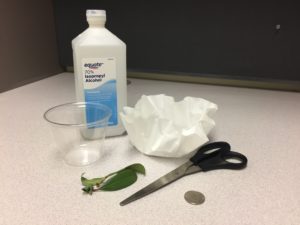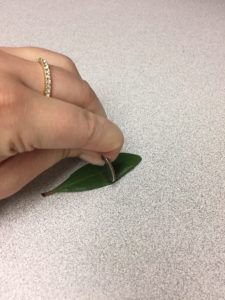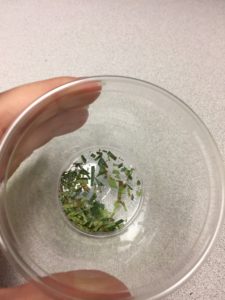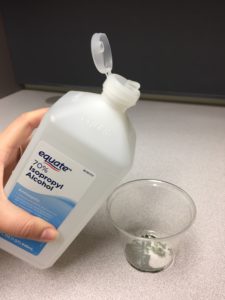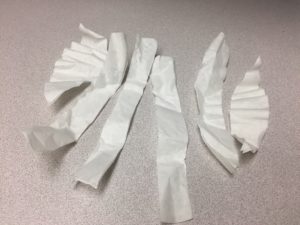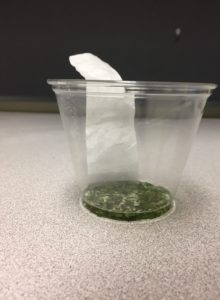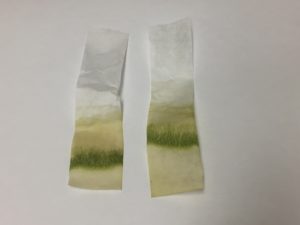What is Chlorophyll Chromatography?
Chromatography is the process of separating different chemical compounds. Chlorophyll is a pigment that absorbs sunlight for energy and gives plants their green color.
Through this activity, you will be breaking down the chlorophyll in leaves to see what colors are in the leaves you find.

